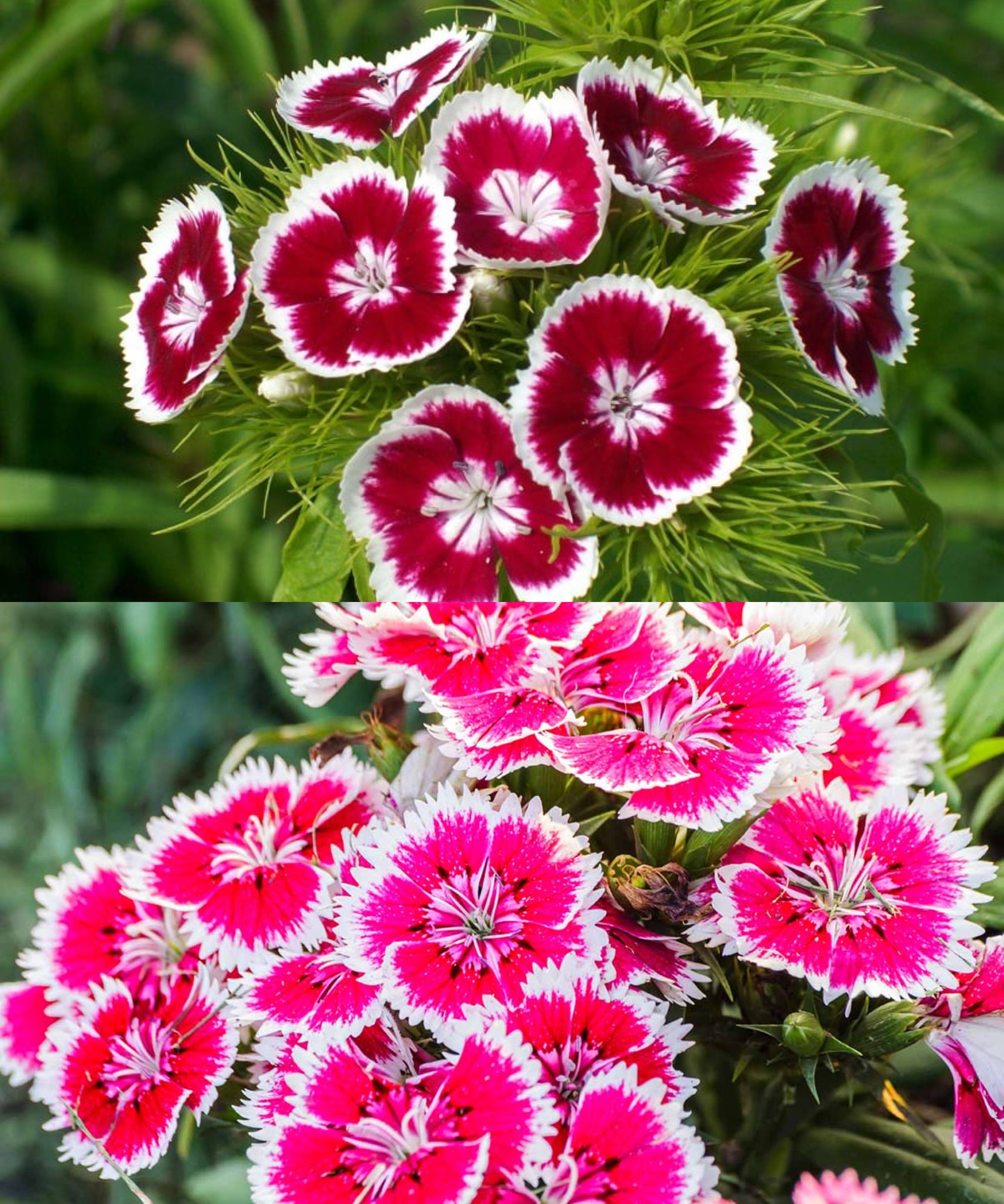Poet’s carnation, scientifically known as Dianthus minutiflorus, is a charming and delicate flowering plant prized for its colorful blooms and sweet fragrance. If you’re looking to propagate, grow, and care for poet’s carnation, you’re in for a treat. In this guide, we’ll explore the steps to successfully cultivate this beautiful plant and ensure it thrives in your garden or indoor space.
Propagation:
Seeds: Poet’s carnation can be propagated from seeds, which are readily available from nurseries or online suppliers. Sow the seeds in well-draining soil mix in seed trays or small pots. Keep the soil consistently moist and provide bright, indirect light. Germination typically occurs within 2-3 weeks.
Division: Another method of propagation is through division of mature plants. Carefully dig up the plant and separate the clumps into smaller sections, each containing roots and healthy shoots. Replant the divisions in prepared soil and water thoroughly.
Growing Poet’s Carnation:
Light: Poet’s carnation thrives in full sun to partial shade. Choose a location with at least 6 hours of sunlight per day for optimal growth and flowering. In hotter climates, provide afternoon shade to prevent scorching of the leaves.
Soil: Plant poet’s carnation in well-draining soil with a neutral to slightly alkaline pH. Amend heavy clay soils with organic matter such as compost to improve drainage and fertility. A sandy loam soil mix works well for this plant.
Watering: Keep the soil evenly moist but not waterlogged. Water poet’s carnation deeply once a week, allowing the top inch of soil to dry out between waterings. Avoid overhead watering to prevent fungal diseases.
Fertilization: Feed poet’s carnation with a balanced, water-soluble fertilizer every 4-6 weeks during the growing season (spring through fall). Avoid high-nitrogen fertilizers, as they can promote lush foliage at the expense of flowering.
Mulching: Apply a layer of organic mulch around the base of poet’s carnation plants to conserve moisture, suppress weeds, and regulate soil temperature. Mulching also helps improve soil structure over time.
Care Tips:
Deadheading: Remove spent flowers regularly to prolong blooming and encourage the plant to produce new flowers. This practice also prevents the plant from expending energy on seed production.
Pruning: Trim back leggy or overgrown stems to maintain a compact, bushy habit and promote new growth. Prune poet’s carnation plants in early spring before new growth begins.
Pest and Disease Management: Keep an eye out for common pests such as aphids, spider mites, and thrips, which may attack poet’s carnation plants. Treat infestations promptly with insecticidal soap or neem oil. Ensure good air circulation around the plants to prevent fungal diseases such as powdery mildew.
With proper propagation, growing, and care, poet’s carnation will reward you with a profusion of colorful blooms and delightful fragrance, adding beauty and charm to your garden or indoor space. Whether grown in beds, borders, or containers, this lovely flowering plant is sure to captivate the hearts of gardeners and admirers alike.
